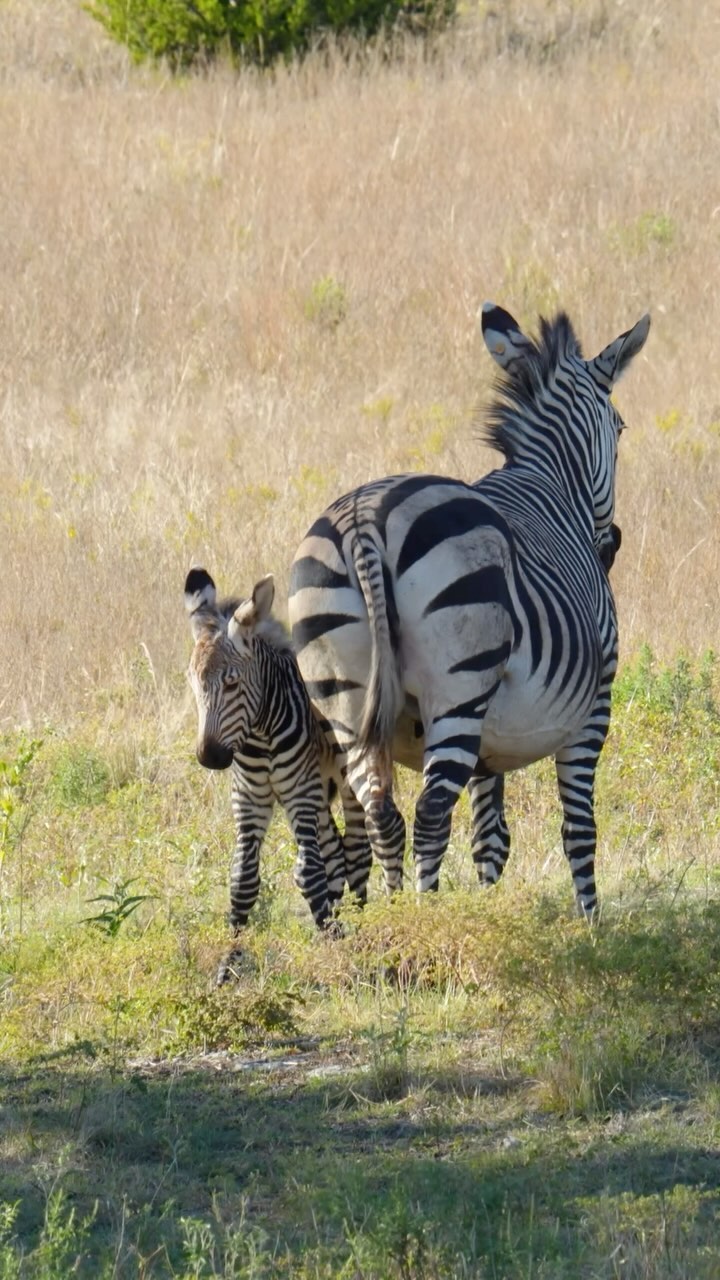- The exciting birth of a new zebra in a zoo setting highlights the importance of breeding programs in wildlife conservation and zoo management.
- Understanding the social structure and behaviors of zebra herds contributes to effective zoo management and conservation strategies.
- The role of zoos in endangered species conservation, focusing on scientific research and education for the public.
- The significance of animal welfare in captivity, ensuring stable environments for neonates and their mothers.
- The impact of technology and social media in promoting wildlife conservation and engagement in conservation initiatives.
In the intriguing world of wildlife conservation, the phrase “Welcome to the herd, little one!” signifies more than just the arrival of a newborn zebra. It represents a triumph for conservation strategies, zoo management, and the relentless efforts to protect species at risk. Zebras, with their distinctive black and white stripes, are not merely subjects of fascination but are species that face habitat loss and predation threats, making their conservation in both wild and controlled environments essential.
The birth of a zebra in a zoo signifies a victory for breeding programs that target the conservation of species that are either vulnerable or threatened. Modern zoos play integral roles in breeding zebras as part of Species Survival Plans (SSPs), which focus on genetic diversity and long-term survival of the species. Such breeding programs depend heavily on scientific methodologies where genetics are carefully monitored to prevent inbreeding and promote healthy populations. Zoos manage these programs cooperatively across species networks, sometimes involving international collaborations to exchange breeding pairs for genetic robustness. This collective effort helps mitigate extinction risks, offering a safe haven for species whose habitat may be compromised in the wild.
To manage these programs, understanding the complex social structures of a zebra herd is vital. Zebras are social animals that live in groups primarily because it enhances their chances of avoiding predators and promotes successful breeding. The artificial environment provided in captivity must mimic these natural conditions to maintain typical behavior patterns and ensure psychological well-being. Social structures within captive environments are developed considering the species-specific needs such as space for movement, access to food and water sources, and opportunities for social interaction amongst herd members. Staff and zookeepers train extensively in behavioral observation and management skills to offer humane care which aligns with these social hierarchies.
At the heart of zoos lies a commitment to conservation education and scientific research, both crucial in wildlife preservation efforts. It is essential for zoos to engage the public in conservation dialogue. Education programs at zoos offer visitors chances to learn about animal behavior, habitat requirements, and conservation needs first-hand. Many zoos develop these programs in collaboration with conservation scientists and academic experts, making education deliberately structured to promote awareness about wildlife issues and inspire conservation action. For instance, understanding how a zebra’s grazing impacts its environment can inform visitors about the interconnectedness of different species within an ecosystem, fostering a sense of responsibility for biodiversity conservation.
Animal welfare is paramount in these controlled settings. For newborns like zebras, the first days are critical for physical health and social integration within the herd. Creating a stable, enriched environment for both the neonate and the mother is essential. A conducive habitat with proper medical facilities is important to reduce stress and promote natural instincts. Scientists and veterinary staff regularly monitor their health, documenting developmental milestones and health statuses, thus enabling early interventions when necessary. Moreover, modern zoos aim to enrich animals’ lives through varied environmental stimuli, emulating natural challenges to stimulate mental and physical faculties.
Over the past decade, technological advances have significantly boosted conservation messaging, with social media platforms becoming vital tools. Platforms such as Instagram allow zoos to reach broad audiences, sharing milestones like the birth of a zebra, thereby captivating global attention and fostering emotional connections. These platforms amplify conservation voices, drawing attention to endangered species and allowing users worldwide to engage with content that may inspire activism and financial support for conservation projects. It is not uncommon for these digital initiatives to complement physical fundraising campaigns, extending the reach and impact of zoo-based efforts to a global audience.
In wildlife conservation, there is no singular path to achieving success. It requires a well-orchestrated blend of science, education, technology, and dedicated management. The birth of a zebra calls attention to these efforts. It serves as a reminder of the role of each institution and individual in fostering an inclusive conservation culture. Zoos continue to be essential players in the preservation of wildlife. The possibility of experiencing these majestic creatures first-hand is indispensable for instilling a sense of responsibility and urgency in protecting our natural world. Each birth is not just a continuation of a species but a continuation of hope in conserving wildlife for future generations.
*****
Source Description
Welcome to the herd little one! 🦓😍


